Walking Through Plato’s Academy: Philosophy and Ruins

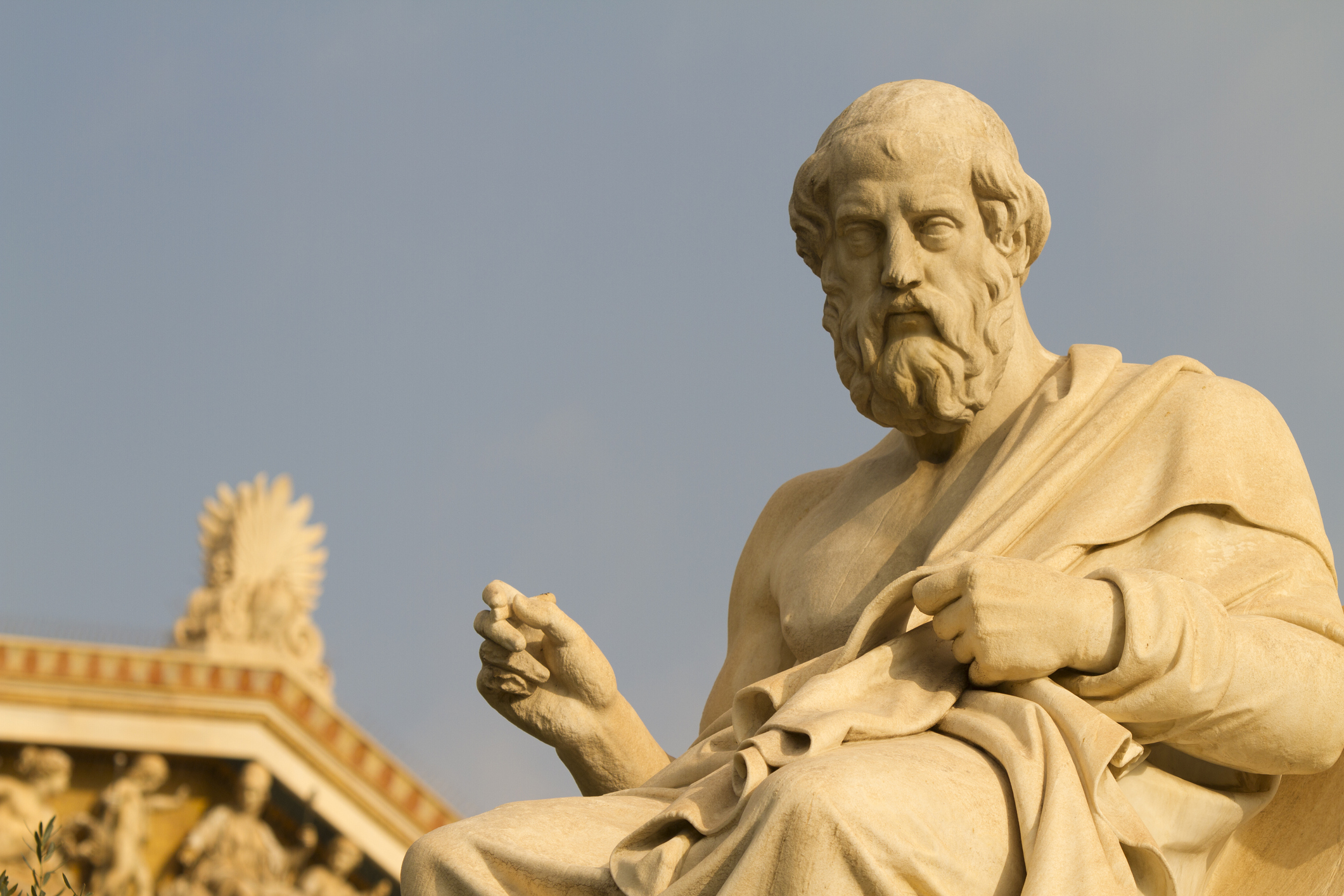
Walking Through Plato’s Academy: Philosophy and Ruins
Nestled in a quiet park in modern Athens, the ruins of Plato’s Academy offer a gateway into the history of philosophy of ancient Greece. Far from the grandeur of the Acropolis, this site stands as a testament to the power of ideas and the enduring legacy of a school that shaped the course of Western thought. To truly appreciate its significance, one must delve into the historical layers that have defined this space over millennia.
The Academy in Its Prime
Founded around 387 BC by the philosopher Plato, the Academy was not just a school but a vibrant intellectual hub. Located in a grove of olive trees outside the ancient city walls, the site was chosen for its serene environment, conducive to philosophical contemplation and debate. This grove, known as the Akademia, was sacred to Athena, the goddess of wisdom, and to Akademos, a local hero. The sacredness of the site added a spiritual dimension to the intellectual pursuits that took place here.
At its peak, the Academy was a bustling place. The main building was likely a large, open-air gymnasium where Plato and his followers would engage in physical exercise—a practice deeply integrated with intellectual training in ancient Greece. Surrounding the gymnasium were colonnaded walkways, or stoas, where scholars could gather for discussions shielded from the sun. These walkways were adorned with statues of gods and heroes, reflecting the belief that philosophy was a divine pursuit.
The Academy also included altars and shrines dedicated to various deities. The most significant of these was probably the altar of the Muses, who were considered the patrons of arts and sciences. It is believed that Plato himself would conduct his teachings in these sacred spaces, guiding his students through dialogues that questioned the nature of reality, ethics, and governance. The very stones of the Academy resonated with the sound of intellectual debate and the exchange of groundbreaking ideas.
Through the Ages: From Philosophical Haven to Christian Site
The Academy’s influence extended far beyond its physical boundaries. It continued to thrive under Plato’s successors, known as the Scholarchs, and became the intellectual epicenter of the ancient world. However, the tides of history would soon transform this sacred ground.
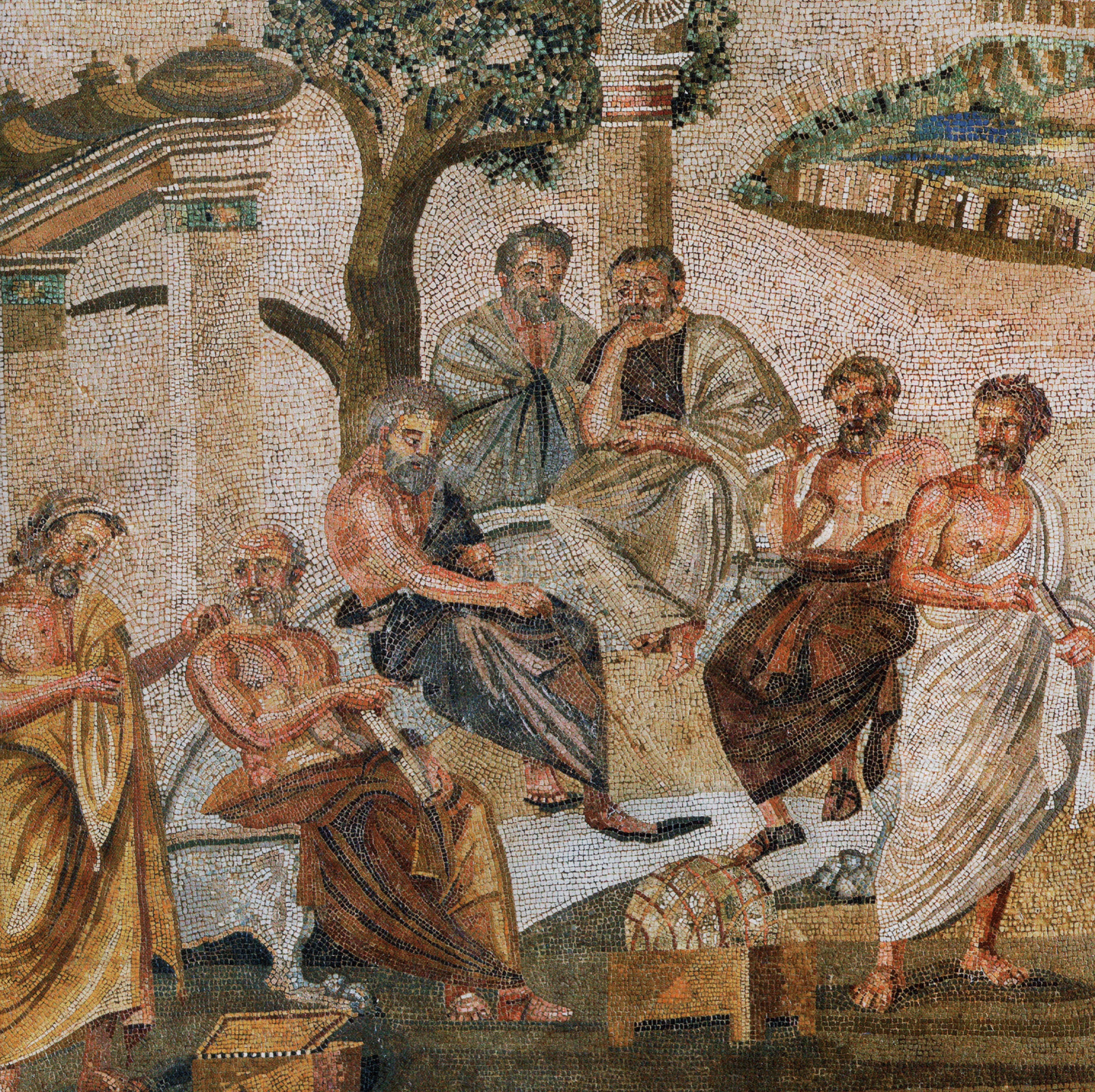
In 86 BC, the Roman general Sulla laid siege to Athens, causing significant damage to the city. The Academy, located outside the city walls, was not spared. The Roman conquest brought about the decline of many ancient Greek institutions, but the Academy managed to survive, albeit in a diminished capacity. It continued to operate, though its influence waned as new philosophical schools, such as those founded by Aristotle and Epicurus, gained prominence.
By the time of the Byzantine Empire, the Academy had transformed into a site of Christian significance. In 529 AD, Emperor Justinian I, in his quest to consolidate Christian orthodoxy, ordered the closure of all pagan philosophical schools, including the Academy. The sacred olive groves and the once-thriving intellectual community were abandoned. Over time, the site became overgrown and forgotten, with the remaining structures falling into ruin.
During the Ottoman period, the area was repurposed yet again. The groves were cleared, and the land was used for agriculture. The ruins of the Academy were scavenged for building materials, further erasing the traces of its illustrious past. It was not until the 20th century that archaeological excavations brought the site back into public awareness.
The Archaeological Remains: A Window into the Past
Today, the site known as Akadimia Platonos may seem modest at first glance, but it holds a wealth of historical significance. The most notable remnants include the foundations of the palaestra, where students once trained in both body and mind. Nearby, the ruins of a peristyle building suggest the layout of the Academy’s primary structures. These remnants, though sparse, provide crucial insights into the daily activities and architectural design of Plato’s school.
The Academy’s layout reflects its dual function as both a gymnasium and a sanctuary of learning. The open spaces, colonnaded walkways, and sacred altars are indicative of a place where physical exercise, intellectual inquiry, and spiritual reflection were seamlessly integrated. The physical environment was designed to foster both individual contemplation and communal discussion, essential components of the philosophical life.
Archaeological findings, including pottery shards and inscriptions, have further illuminated the Academy’s role in Athenian society. These artifacts, now housed in various museums, provide tangible connections to the philosophical discussions that once echoed through the olive groves. The site’s ongoing excavations continue to reveal new insights, underscoring the Academy’s significance in the broader context of ancient Greek education and philosophy.
The Legacy of Plato’s Academy
The Academy’s closure in 529 AD marked the end of an era, but its influence endured. The ideas cultivated within its groves—on justice, ethics, and the nature of reality—continued to resonate through the centuries, shaping the intellectual currents of the Renaissance and beyond. Today, the concept of an “academy” as a place of higher learning owes its origin to this ancient institution.
For visitors to modern Athens, a visit to Plato’s Academy offers a unique opportunity to connect with the philosophical heritage of the city. Walking through the site, one can reflect on the transformative power of ideas and the enduring legacy of a school that once stood at the heart of Western thought.
Connecting the Dots: Plato’s Academy as a Living Legacy in Modern Athens
Walking through the ruins of Plato’s Academy, one cannot help but feel a deep connection between the ancient and modern worlds. Now embedded in the urban fabric of Athens, the site stood as a testament to a lasting legacy of philosophy and philosophical research.
Plato’s Academy was not merely a place of philosophical thought; It was a thriving educational center where ideas were nurtured and young minds were carved on the rock of reason. The sacred forest of Akademos, where the Academy was founded, was a mixture of the physical and the mental—a place where physical athleticism meets mental toughness
The Academy was a beacon of learning in its heyday, with gymnasiums for exercise, shaded walkways for contemplation, and alluring chapels emphasizes philosophical inquiries into spirituality. The altar of Eros found at the entrance served as a reminder that love, like love, seeks to transcend the mundane to reach a higher truth
Exploring the site today, the layers of history are almost palpable. From origins as a shrine to Athena under a kimon to activity as the heart of Plato’s school of philosophy, the academy has been a place where divine, intellectual and material blurred boundaries blurred Remains of colonnaded court and ‘peripatos’ inspire scholars who thoughtful pictures always.
The academy’s journey through time—from the heyday of antiquity to its rediscovery in the modern age—demonstrates Philos’ resilience
Explore Plato’s Academy: Tours and Experiences
To truly immerse yourself in the philosophical heritage of Athens, consider joining one of these thoughtfully curated tours. Each offers a unique way to connect with the rich history and ideas that have shaped Western thought.
1. Philosophy Experience at Plato’s Academy Park
This small-group, interactive tour is a must for anyone passionate about philosophy. Guided by a knowledgeable instructor, you’ll explore the very grounds where Plato once taught, engaging in dialogues and debates that bring ancient ideas to life. It’s an ideal experience for both beginners and those familiar with philosophical concepts, offering an intimate exploration of where philosophy was born.
2. The Great Greek Philosophers Guided Walking Tour
This guided tour delves deep into the lives and teachings of Athens’ most renowned philosophers. Walk the same streets as Socrates, Plato, and Aristotle as your guide brings their stories to life. This tour is perfect for those who want to understand the philosophical movements that thrived in Athens over 2,500 years ago, providing a thoughtful and engaging exploration of the city’s intellectual history.
3. Athens Highlights: Myths & Philosophers Private Walking Tour
For a more personalized experience, this private tour combines the rich history of Greek mythology with the philosophical heritage of Athens. Your guide will tailor the tour to your interests, ensuring you not only visit significant historical sites but also gain a deeper understanding of the myths and philosophies that have shaped Greek culture. This tour also includes a stop for a traditional Greek coffee, offering a perfect blend of learning and leisure.
The Ultimate Athens Experience: Combo Tour
For those who want to explore beyond Plato’s Academy, the Athens Acropolis and 6 Archaeological Sites Combo Ticket offers a comprehensive experience of the city’s most iconic sites. This combo includes entry to the Acropolis, the Ancient Agora, and more, allowing you to delve into Athens’ rich history at your own pace. It’s an ideal choice for those who wish to see the full breadth of Athens’ historical and philosophical landmarks in a single, flexible package.
Frequently Asked Questions About Plato’s Academy in Athens
What was Plato’s Academy in Athens?
Plato’s Academy was one of the most important centers of learning in ancient Greece. Founded by the philosopher Plato around 387 BC, it served as a place for scholars to gather, discuss, and teach philosophy, mathematics, and science. The Academy was not just a physical location but a community of thinkers who laid the groundwork for Western philosophy.
Why is Plato’s Academy so important?
Plato’s Academy is considered the first institution of higher learning in the Western world. It played a crucial role in the development of philosophy, especially through its influence on Plato’s most famous student, Aristotle. The ideas and methods developed at the Academy have had a lasting impact on Western thought.
Can you visit Plato’s Academy?
Yes, you can visit the site where Plato’s Academy once stood in modern-day Athens. The area has been converted into a public park known as Akadimia Platonos, where you can see the remains of the ancient school. The site includes ruins of buildings and informative plaques, providing visitors with a glimpse into its historical significance.
What happened to Plato’s Academy?
Plato’s Academy continued to operate for nearly 900 years until it was closed by the Roman Emperor Justinian I in 529 AD. The closure marked the end of ancient Greek philosophical schools as part of Justinian’s efforts to suppress paganism and promote Christianity throughout the empire.
Who was Plato’s most famous student?
Plato’s most famous student was Aristotle, who studied at the Academy for 20 years. Aristotle went on to found his own school, the Lyceum, and made significant contributions to many fields, including philosophy, logic, biology, and ethics.
Does Plato’s Academy still exist?
While the original buildings of Plato’s Academy no longer stand, the site has been preserved as a historical area. Visitors can explore the Akadimia Platonos park in Athens, where the ruins of the Academy are located, and reflect on its profound legacy in the history of education and philosophy.

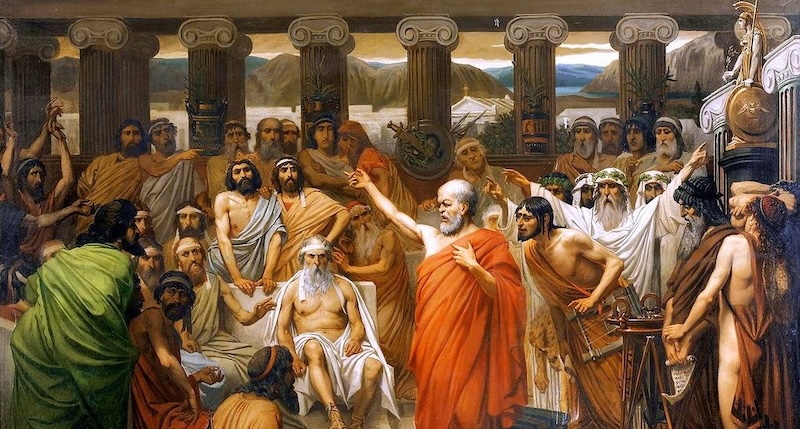
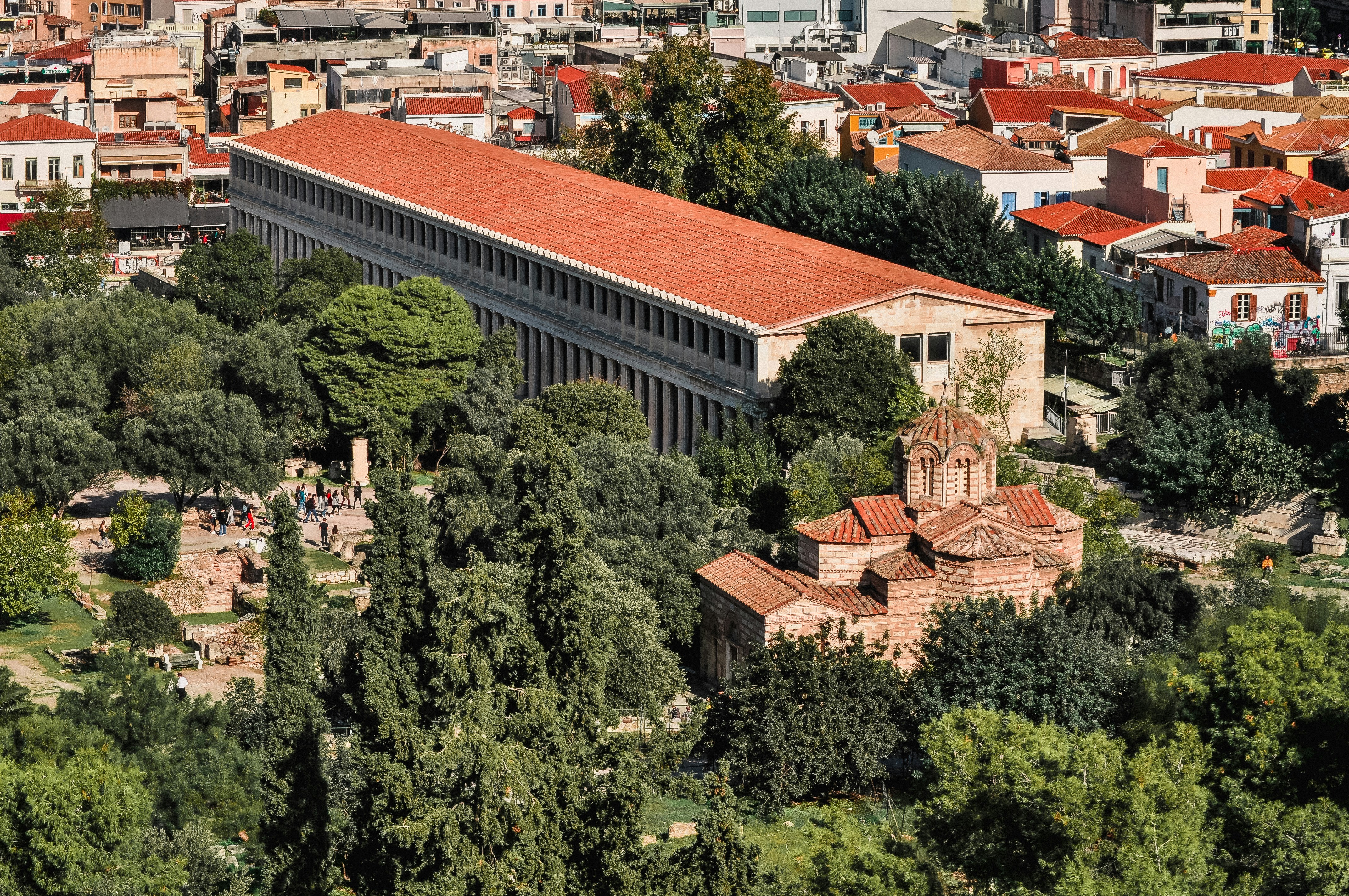
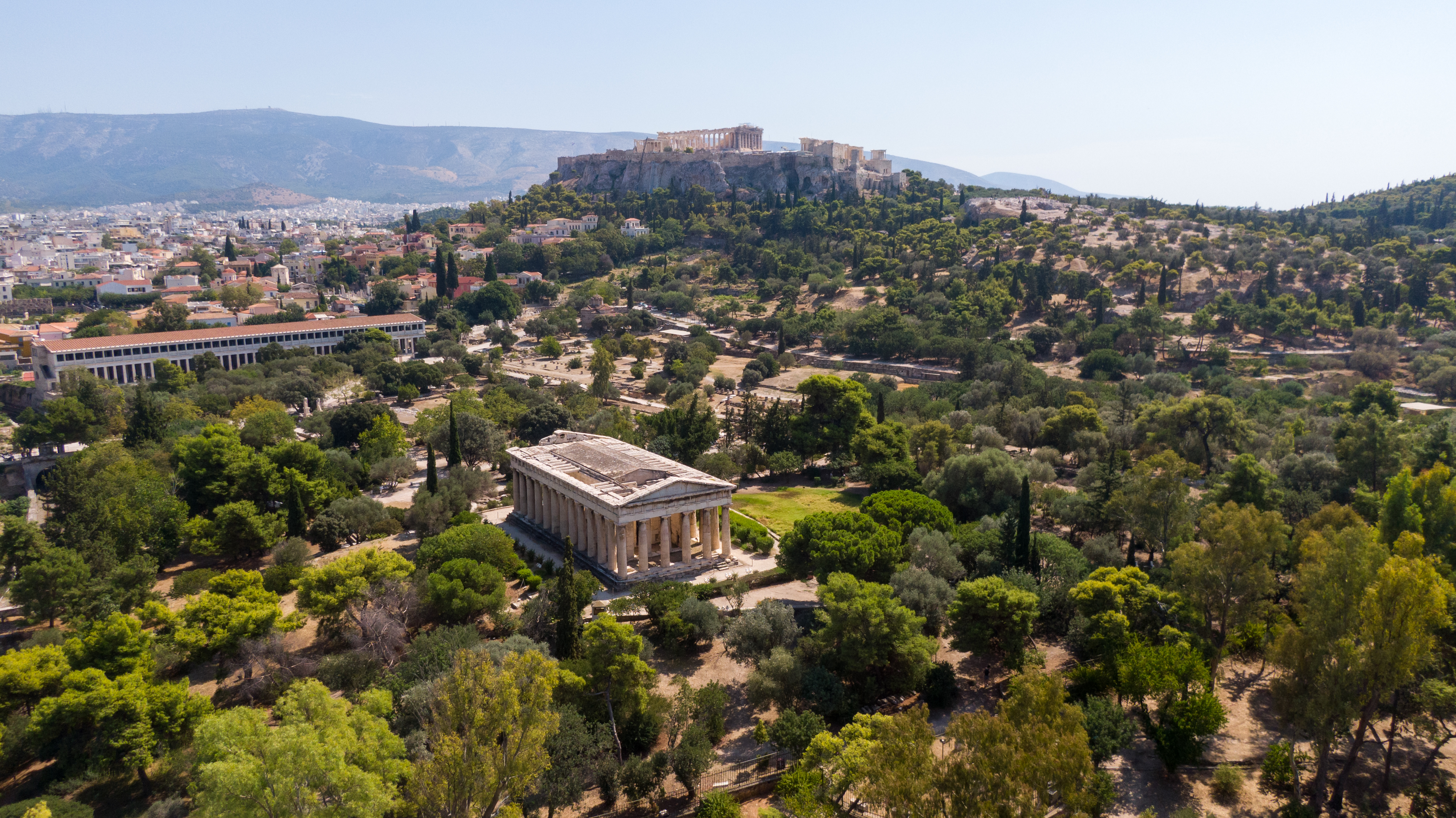
Comments